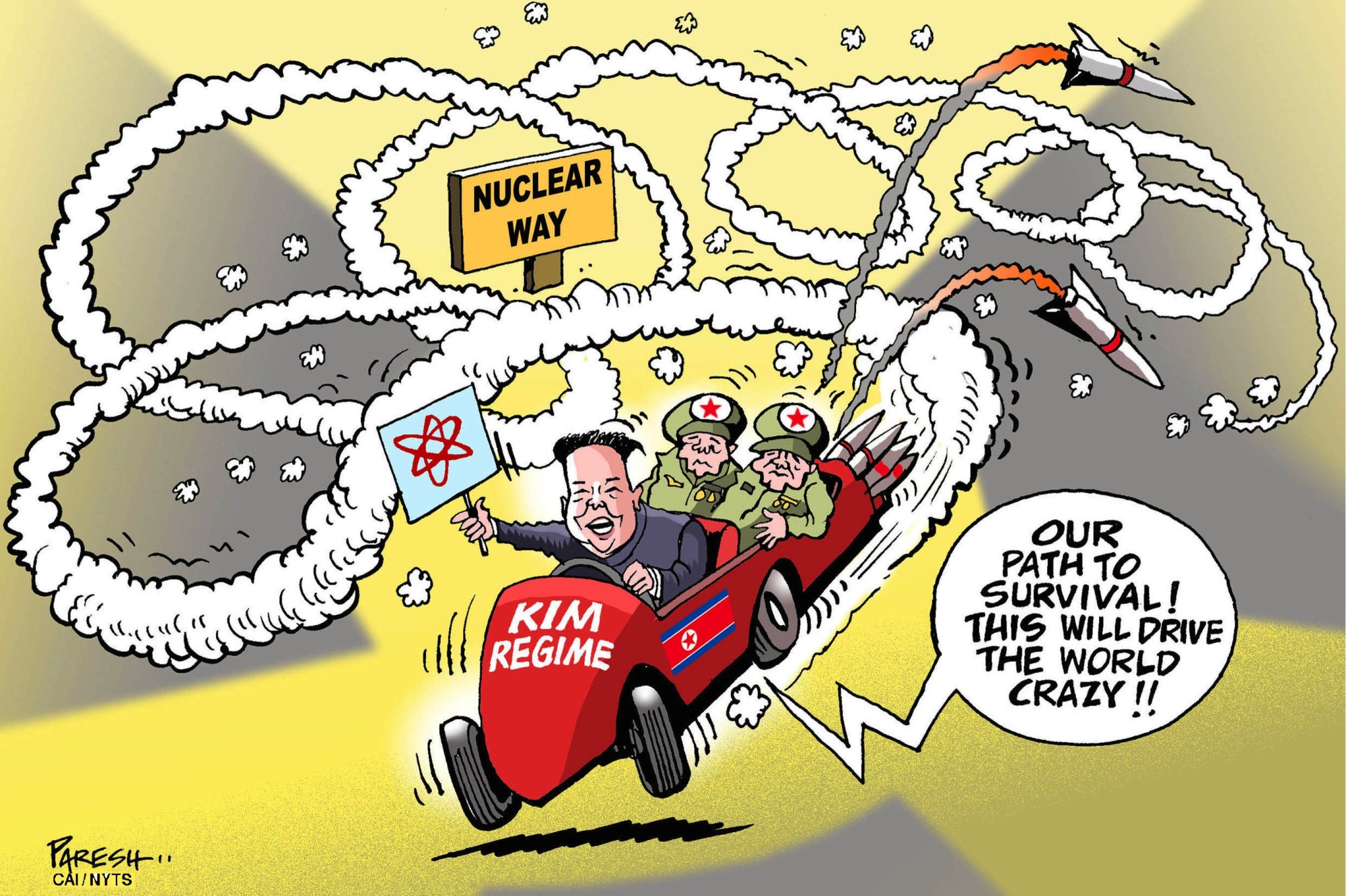Between June 21-25, in two back-to-back conferences, there was intense discussion of Mongolia's national nuclear-weapon-free zone (NWFZ), the best means of containing and reversing North Korea's growing nuclear and missile programs and capabilities, and the possibility of doing so by establishing a regional Northeast Asian NWFZ. Some of the Japanese participants asked: what would Japan gain from such a zone? Before answering that, the key attributes of a NWFZ must first be described.
NWFZs are legal mechanisms for buttressing nuclear nonproliferation, and political stepping stones toward nuclear disarmament. The concept predates and supplements the Nuclear Non-Proliferation Treaty (NPT) which was signed in 1968 and entered into force in 1970. The first NWFZ in a populated region was set up in Latin America by the Treaty of Tlatelolco in 1967 and came into force in 1969. This was followed by the Treaty of Rarotonga in the South Pacific (1985/1986), the Treaty of Bangkok in Southeast Asia (1995/1997), and the Treaty of Pelindaba in Africa (1996/2009).
Thus the southern hemisphere is covered by a patchwork of NWFZs. In the northern hemisphere, the Central Asian NWFZ was adopted by the Treaty of Semipalatinsk in 2006 and went into force in 2009. The total number of states parties of the five NWFZs spread across four continents is almost 100 — more than half the world's total.



















With your current subscription plan you can comment on stories. However, before writing your first comment, please create a display name in the Profile section of your subscriber account page.